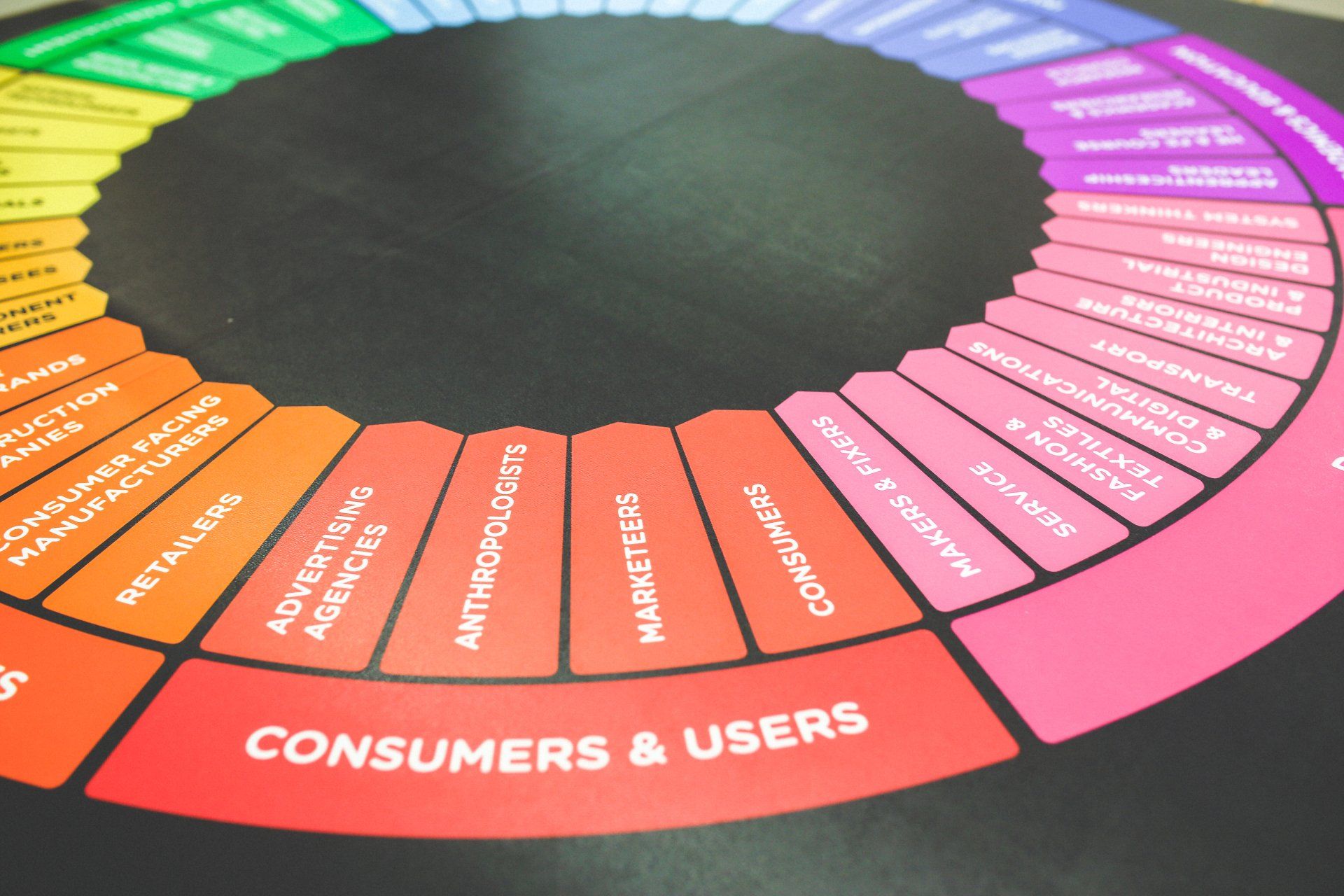The Importance of Hiring a Marketing Consultant

In today's competitive business landscape, marketing plays a pivotal role in determining the success of a company. With the digital era in full swing, the strategies and platforms available to businesses are vast and ever-evolving. This is where hiring a marketing consultant can make a significant difference. Let's delve into the importance of bringing in an expert to guide your marketing efforts.
1. Expertise and Knowledge
A marketing consultant brings a wealth of knowledge and expertise to the table. They have experience across various industries and understand what works and what doesn't. Their insights can help tailor marketing strategies to your specific business needs, ensuring that you reach your target audience effectively.
2. Fresh Perspective
Being deeply involved in day-to-day operations can sometimes make it challenging to see the bigger picture. A marketing consultant can offer a fresh perspective, identifying opportunities and potential pitfalls that may have been overlooked internally. This outside view can be invaluable in shaping innovative and effective marketing campaigns.
3. Cost-Effective Solutions
While hiring a marketing consultant may seem like an additional expense, it can actually be a cost-effective solution in the long run. By avoiding costly mistakes and implementing strategies that yield results, a consultant can help maximize your marketing budget and ensure a higher return on investment.
4. Time-Saving
Time is of the essence in business. Developing and implementing a marketing strategy requires time and effort that could be better spent on other core business activities. A marketing consultant can take the reins, allowing you to focus on what you do best while they handle the marketing side of things efficiently.
5. Adaptability to Change
The marketing landscape is constantly evolving with new trends, technologies, and consumer behaviors emerging regularly. A marketing consultant stays updated with these changes and adapts strategies accordingly. This adaptability ensures that your marketing efforts remain relevant and effective in a rapidly changing environment.
6. Measurable Results
One of the key benefits of hiring a marketing consultant is the emphasis on measurable results. With the use of analytics and data-driven insights, a consultant can track the performance of marketing campaigns, making adjustments as needed to optimize results. This focus on measurable outcomes ensures transparency and accountability in your marketing efforts.
Hiring a marketing consultant is not just an option; it's a strategic investment in the success and growth of your business. With their expertise, fresh perspective, and ability to adapt to change, a marketing consultant can help you navigate the complexities of the modern marketing landscape effectively. So, if you're looking to take your marketing efforts to the next level, consider bringing in a consultant to guide you on your journey to success.
Did you find this marketing blog post helpful?
If so, please consider sharing it, tag us and let us know your biggest takeaways.










All Rights Reserved l Clayton's Marketing Consultancy Services
All Rights Reserved | Clayton's Marketing Consultancy Services

